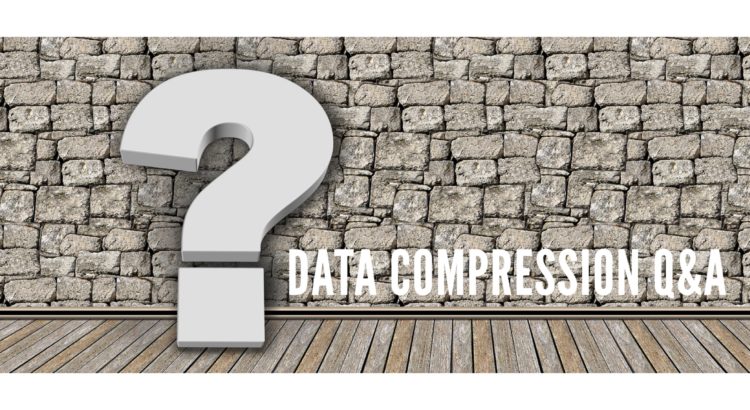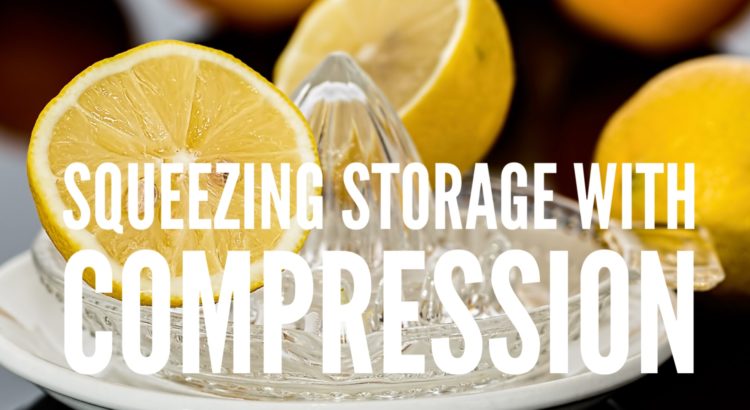The SNIA Networking Storage Forum (NSF) recently took on the topics surrounding data reduction with a 3-part webcast series that covered Data Reduction Basics, Data Compression and Data Deduplication. If you missed any of them, they are all available on-demand.
In Not Again! Data Deduplication for Storage Systems” our SNIA experts discussed how to reduce the number of copies of data that get stored, mirrored, or backed up. Attendees asked some interesting questions during the live event and here are answers to them all.
Q. Why do we use the term rehydration for deduplication? I believe the use of the term rehydration when associated with deduplication is misleading. Rehydration is the activity of bringing something back to its original content/size as in compression. With deduplication the action is more aligned with a scatter/gather I/O profile and this does not require rehydration.
Read More



